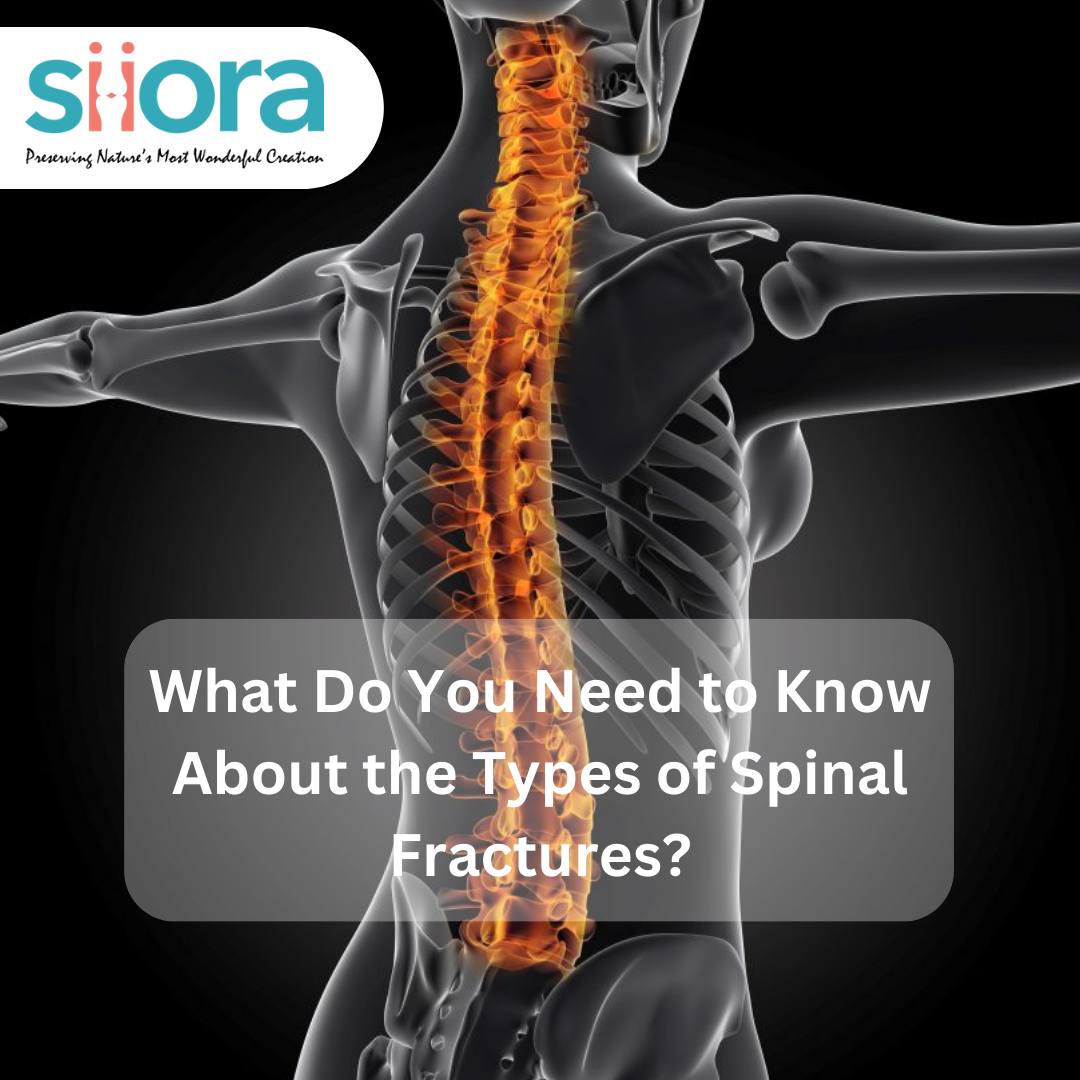What Do You Need to Know About the Types of Spinal Fractures?

Spinal fractures, also known as vertebral fractures, are serious injuries that can have a significant impact on an individual’s quality of life. These fractures can result from traumatic accidents or degenerative conditions, and they vary in severity and location within the spinal column. In this blog, we will explore the various types of spinal fractures, their causes, symptoms, and potential treatment options.
For a high-quality range of spinal implants, find Experienced Orthopaedic Manufacturers near you.
Types of Spinal Fractures
Compression Fractures
One of the most common types of spinal fractures is the compression fracture. It occurs when a vertebra in the spine collapses due to excessive pressure on the bone. Osteoporosis, a condition characterized by weakened bones, is a leading cause of compression fractures in older adults. Individuals with osteoporosis are at an increased risk of fracturing their vertebrae even with minor falls or everyday activities. Symptoms of compression fractures may include back pain, limited mobility, and loss of height.
Burst Fractures
Burst fractures are severe and often caused by high-energy trauma, such as car accidents or falls from significant heights. In this type of fracture, the vertebra shatters into multiple fragments, resembling an “explosion” pattern. Burst fractures can be associated with significant spinal cord injury, leading to sensory and motor deficits below the injury site. Immediate medical attention is crucial for managing burst fractures to prevent further damage to the spinal cord.
Flexion-Distraction Fractures (Chance Fractures)
Flexion-distraction fractures, also known as Chance fractures, result from rapid forward bending of the spine, often during car accidents or forceful trauma. This type of fracture usually involves a horizontal break across the vertebral body and may also involve injury to the surrounding ligaments. Chance fractures can be unstable and may require surgical intervention to stabilize the spine.
Fracture-Dislocations
Fracture-dislocations are severe injuries where the vertebra shifts out of its normal alignment and sustains a fracture. These fractures can be extremely unstable, often resulting in spinal cord compression and neurological deficits. Immediate medical evaluation and emergency treatment are critical for preventing further damage and maximizing the chances of recovery.
Spinous Process Fractures
Spinous process fractures involve the bony projections on the back of the vertebrae and are typically caused by direct trauma or repetitive stress on the spine. While they are generally less severe than other types of fractures, they can still cause significant pain and discomfort, particularly when moving the affected area.
Chance-Meyerding Fractures
Chance-Meyerding fractures are specific to the first lumbar vertebra (L1). They occur when the L1 vertebra sustains a fracture on both sides of its neural arch. This injury can compromise spinal stability and may result in nerve damage, leading to sensory and motor deficits.
Treatment Options
The treatment for spinal fractures depends on the type and severity of the injury, as well as the overall health of the patient. In cases of stable fractures, conservative treatments such as rest, pain management, bracing, and physical therapy may be sufficient. However, unstable fractures or those with spinal cord compression may require surgical intervention to stabilize the spine and relieve pressure on the spinal cord.
Prevention
Preventing spinal fractures involves taking measures to reduce the risk of accidents and injuries. Maintaining strong bones through a balanced diet, regular exercise, and appropriate calcium and vitamin D intake can help prevent fractures in individuals with osteoporosis. Using proper safety equipment and following safety guidelines in high-risk activities such as sports and driving can also reduce the risk of traumatic spinal fractures.
Participate in international medical exhibitions like Uzbekistan Medical Expo to explore what’s trending in the healthcare industry and meet global healthcare experts.
